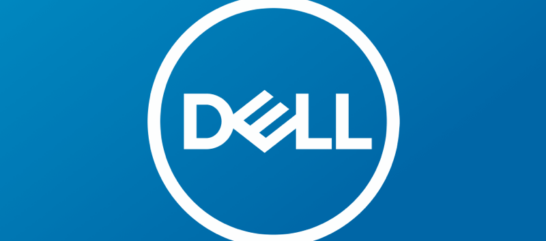How has marketing evolved from the era of content marketing and SEO a decade ago to where we are now?
If anyone has the perspective and experience to answer that question, it’d be the inbound impresario Rand Fishkin, author of Lost and Founder.
Rand started Moz in the early-aughts which began as a blog; oh those good ol’days when blogs became companies!
With his Moz baby all grown up in the rear-view mirror, Rand has moved onto his next venture: SparkToro (again, CEO and cofounder, hot damn!)
When asked why he started SparkToro, Rand channels Bruce Wayne in fine form…
Don’t say revenge. Don’t say revenge.
Revenge.
Personal vendettas aside, as with all ventures worthy of proving, SparkToro is thesis driven: “This is the best way to do marketing.”
The world of marketing has come a long way from the days of SEO, and yet as you’ll hear in this episode of Social At Scale, the greater marketing landscape is still largely made up of the same core elements.
How business leaders best navigate the tectonic shifts in this landscape however requires renewed examination of old practices.
In this episode Rand and Cameron explore:
- The biggest change in marketing since the early-aughts
- Deep expertise and effective marketing today
- Engagement over revenue
- The D2C canary in the coal mine of advertising
- The rare courage to do incrementality testing
- How the influencer has changed
- Rand is embarrassed for ignoring a reality
- Serving existing demand versus appetite building
Watch the full episode:
Three valuable lessons to remember:
Key takeaway 1: mass adoption is the big change
A rising tide lifts all boats – such was the story of the emergent social media companies. Their growth came from the oceanic growth of the internet.
Times have changed, as pretty much everyone in the developed world now has internet access. Accordingly the game has shifted from adoption to engagement; specifically optimized monetization of existing users.
In effect, the biggest change since the early days of the internet is characterized by the mass adoption of a few monolithic platforms over the diversity of the open web.
Everyone is playing on the big platforms, vying for attention at the “head” of the distribution whereas the previous frontier of SEO blogging has slipped into the “longtail” of opportunities.
This isn’t to say ranking and content marketing is no longer relevant; it is! But everyone’s attention is now focused on a few websites and properties.
The upside of this consolidation is that marketers can now focus their time on just a few places, honing a deep expertise in one sector of their choosing.
Key takeaway 2: turn ads off to see what they do
Just as you might not know how something benefits you until it breaks, you don’t know if ads are effective until you turn them off.
Many companies are tied up with incentives to keep the ads on regardless of their returns, as the typical CMO is on a warpath for growth at all costs.
But as various case studies suggest, from Chase, to Uber, P&G, eBay, and AirBnB, the bigger the ad spend the more ambiguous the returns are!
Seriously, click on some of those case studies. We’re not here to demonize ads (even if we “villainize” them to some degree). But those massive budget cut stories are quite something.
Often marginal at best, and sometimes unambiguously negative, many brands find that it’s quite simply: Mo Ad Mo Problems. More importantly, if you want to invest in employer brand, you’ll want an employee advocacy platform.
Key takeaway 3: collaboration is underutilized
Rand isn’t paying Cameron, and Cameron isn’t paying Rand. Finding ways to collaborate with other marketing leaders synergizes audiences and generates mutually beneficial outcomes.
Also, it’s often free, besides the sunk cost of time well spent.
Often overlooked by procedural and performance marketers who rely on optimizing existing demand, collaboration will always distinguish the stars from the space dust.
But perhaps even more important than mutually beneficial marketing is the imperative for “You do you” as Rand points out. “I’m terrible at marketing, I hate being out there in front of people, but I’m really good at it! – said no CEO ever.”
While Dave Gerhardt’s Founder Brand book is compelling and undeniably a powerful framework for CEOs who are predisposed towards both business operations and optics, it’s not for everyone.
But even for business leaders who are disinclined by The Spectacle, collaboration is still one of your best ways to make a quantum leap over strictly transactional exposure and the ad spend treadmill.
If your leadership isn’t currently engaging on social media, feel free to reach out and we’d love to talk about how to fully enable your people.















